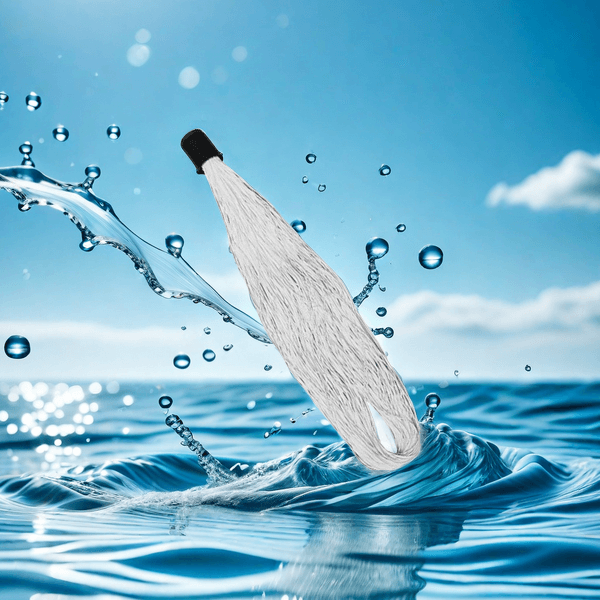Environmental impact of MBR membrane treatment process
The MBR membrane treatment process not only provides high-quality effluent, but also has some environmental impacts, mainly reflected in the following aspects:
1. Membrane fouling and chemical cleaning
During long-term operation, MBR membranes are inevitably contaminated and require regular chemical cleaning. Improper handling of chemical agents such as acids and bases used during the cleaning process can have a certain impact on the environment.
2. Disposal of waste film
The MBR film needs to be replaced after a certain period of use, and how to properly dispose of the waste film generated is also an environmental issue that needs to be taken seriously. At present, the main treatment methods are landfill and incineration.

3. Energy consumption and noise
The operation of MBR system requires a certain amount of electricity consumption and there is a certain amount of energy consumption. Meanwhile, the operation of aeration and pump equipment can generate noise, which has a certain impact on the surrounding environment.
4. Sludge treatment
Although the MBR system can reduce the amount of residual sludge, it still requires harmless treatment and disposal of the generated residual sludge to avoid secondary pollution.
5. Greenhouse gas emissions
The MBR system consumes electricity during operation, indirectly generating certain greenhouse gas emissions and having a certain impact on climate change.
Overall, the MBR membrane treatment process has improved its environmental impact compared to traditional processes, but corresponding measures still need to be taken to strengthen management and reduce adverse effects.
